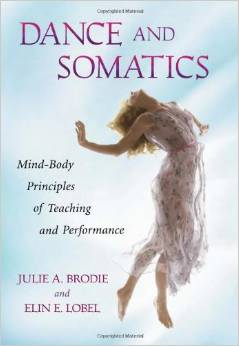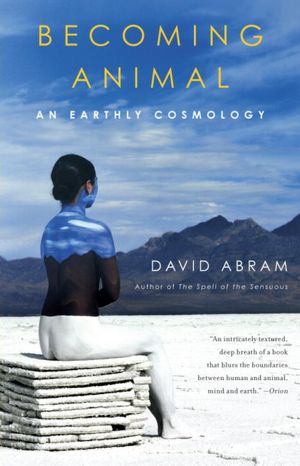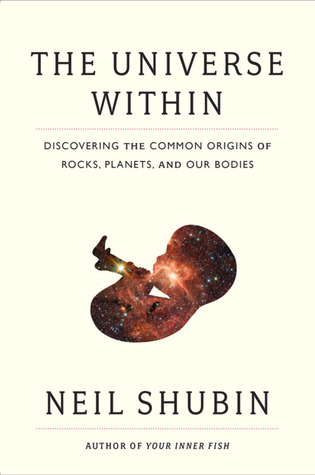Body and Mind in Motion: Dance and Neuroscience in Conversation
 The rich interchange of somatics and dance has altered both fields, but scholarship that substantiates these ideas through the findings of twentieth-century scientific advances has been missing. This book fills that gap and brings to light contemporary discoveries of neuroscience and somatic education as they relate to dance. Drawing from the burgeoning field of “embodiment”—itself an idea at the intersection of the sciences, humanities, arts, and technologies—Body and Mind in Motion highlights the relevance of somatic education within dance education, dance science, and body-mind studies.
The rich interchange of somatics and dance has altered both fields, but scholarship that substantiates these ideas through the findings of twentieth-century scientific advances has been missing. This book fills that gap and brings to light contemporary discoveries of neuroscience and somatic education as they relate to dance. Drawing from the burgeoning field of “embodiment”—itself an idea at the intersection of the sciences, humanities, arts, and technologies—Body and Mind in Motion highlights the relevance of somatic education within dance education, dance science, and body-mind studies.
_____________________________
Curious; The Desire to Know and Why Your Future Depends On It – Ian Leslie
“I have no special talents,” said Albert Einstein. “I am only passionately curious. Everyone is born curious. But only some retain the habits of exploring, learning, and discovering as they grow older. Those who do so tend to be smarter, more creative, and more successful. So why are many of us allowing our curiosity to wane?
_____________________________
The Rise: Creativity, The Gift of Failure, and the Search for Mastery – Sarah Lewis
The gift of failure is a riddle. Like the number zero, it will always be both a void and the start of infinite possibility. The Rise—a soulful celebration of the determination and courage of the human spirit—makes the case that many of our greatest triumphs come from understanding the importance of this mystery.
_____________________________
Dance and Somatics: Mind-Body Principles of Teaching and Performance – Julie A. Brodie & Erin Lobel
Training in somatic techniques–holistic body-centered movement that promotes awareness and well-being–provides an effective means of improving dance students’ efficiency and ease of movement. This volume explains the importance of somatics, introduces fundamental somatic principles that are central to the dance technique class. The authors demystify somatic thinking by explaining the processes in terms of current scientific research. By presenting both a philosophical approach to teaching as well as practical instruction tools, this work provides a valuable guide to somatics for dance teachers of any style or level.
_____________________________
_____________________________
Body, Space, Image – Miranda Tufnell & Chris Crickmay “This book is about improvisation–exploring, looking, listening. The book begins with the body and moves through to the settings or circumstances within which improvisation may develop. It encourages being receptive to the immediate moment and tuning in to our own sensations, feelings, dreams….” While the word somatic is not used in the text, the book is filled to overflowing with ways of mapping the body in its organization for moving, for sensing, for perceiving the changing landscapes we inhabit. It is filled with compelling images from anatomical drawings, to dancers in performance, to visual artist’s renderings. All are apt launching points for somatic investigation.
_____________________________
Becoming Animal: An Earthly Cosmology David Abram “This is a book about becoming a two-legged animal, entirely a part of the animate world whose life swells within and unfolds all around us.” David Abram speaks of a human being that is intelligent of its incredible capacity to sensate the world it belongs with. “Abram identifies underappreciated aspects of our minds and bodies that enable us to respond with exquisite sensitivity to our surroundings, he tells extraordinary tales of his encounters with wildlife from whales to ravens, illuminates the planet’s myriad forms of sentient life, and elucidates the significance of oral culture” (Donna Seaman). This intelligence, he argues, enables us to reclaim our powerful embodied existence.
_____________________________
“Our bodies are the reflections of our lives: sitting, walking, standing, we absorb the impact of each day. Each thought and sensation makes changes in the body. The scapulae are a pair of rafts floating on the back. A moving support for the muscles anchoring the arms into the whole spine. Imagine the scapulae as ears opening. L-i-s-t-e-n-i-n-g Hold the bones of the hand lightly. Listen to the voices of Elbow, Shoulders, Wrist. Open the eye of each finger. Let the spine take the head for a ride. Let the ribes move the spine. Let the spine be the root for the arms and legs. A moving spine in a moving back. The right side of the body knows the left side through the spine. A continuous dialogue; up and down and across.” Body, Space, Image- Miranda Tufnell & Chris Crickmay, Virago Press 1990
_____________________________
Plenty to chew on, and move through in this interview with Ido Portal for the month of March.
“What are we training for? It never arrives! What are we preparing and training for?! We want to do it, we want to move! What we do is very immediate, its the moment…. If you cannot move your own self what business do you have moving other objects outside of you?”
_____________________________
The Universe Within: Discovering the Common Origins of Rocks, Planets, and Our Bodies – Neil Shubin
Starting once again with fossils, Shubin turns his gaze skyward, showing us how the entirety of the universe’s fourteen-billion-year history can be seen in our bodies. As he moves from our very molecular composition (a result of stellar events at the origin of our solar system) through the workings of our eyes, Shubin makes clear how the evolution of the cosmos has profoundly marked our own bodies.







